In This Article
Longing for vineyard views and centuries-old charm? These breathtaking places to visit in Tuscany, Italy offer a rich blend of art, history, and countryside serenity you’ll never forget.
If you are in a hurry, I recommend:
- Wander through Florence, the cradle of the Renaissance, home to the Duomo and Uffizi Gallery.
- Explore Siena’s medieval streets and the iconic Piazza del Campo.
- Relax in the scenic Val d’Orcia, known for rolling hills, cypress trees, and world-class wines in towns like Pienza and Montalcino.
- Take photos with the Leaning Tower in historic Pisa.
- Enjoy slow moments in Lucca, biking along its Renaissance-era city walls.
Unique Places to Visit in Tuscany:
1. Pisa
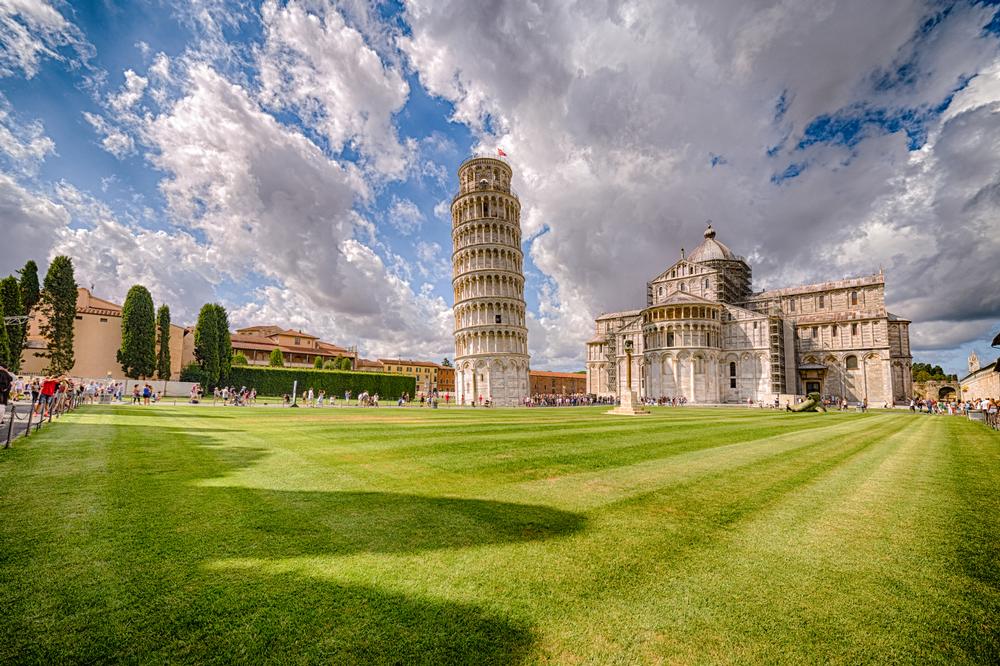
© Courtesy of GoneWithTheWind - Fotolia.com
Pisa is best known for its famed Leaning Tower bell tower, constructed in 1372, which is considered one of the great wonders of the modern world.
The city is located within Tuscany’s central region near the Arno and the Ligurian Sea and serves as the capital city of its eponymous province, home to more than 91,000 residents. Other important architectural sites within the city include more than 20 historic churches, as well as the scenic Square of Miracles, the Baptistry, and the Caposanto Monumentale cemetery. The city is the home of the historic University of Pisa and is noted for its unique cecina chickpea flour bread, which is also prepared as schiacciatina flatbread. In June, a number of events celebrate the city’s patron saint San Rainieri, including the Regatta of San Ranieri and the Luminara.
2. Florence
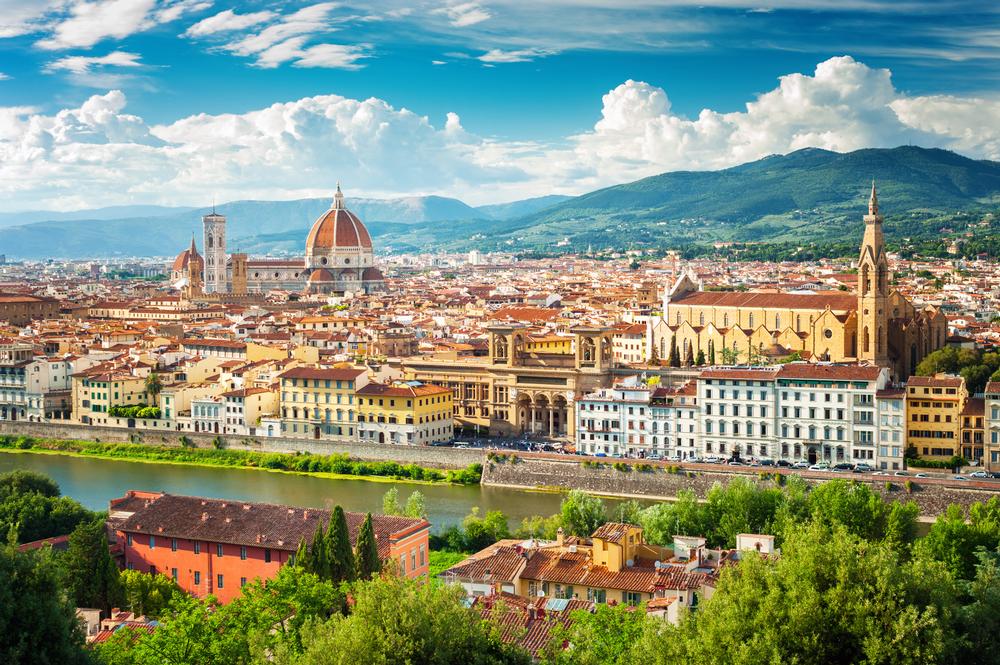
© Courtesy of waku - Fotolia.com
Florence, Italy is the capital city of Tuscany and its most populous metropolitan region, home to more than 1.5 million residents throughout its greater region.
The city was designated as a UNESCO World Heritage Site in 1982 for its role in the birth of the Renaissance, commonly known as the “Athens of the Middle Ages.”
It has been noted by Forbes magazine as one of the most beautiful cities in the world, showcasing numerous cultural and artistic sites, such as the Uffizi Gallery, the home of da Vinci’s Annunciation, and the Galleria dell’Accademia, the display site of Michelangelo’s David. It has also been ranked as one of the world’s top fashion capitals and is one of Italy’s wealthiest cities.
3. Siena
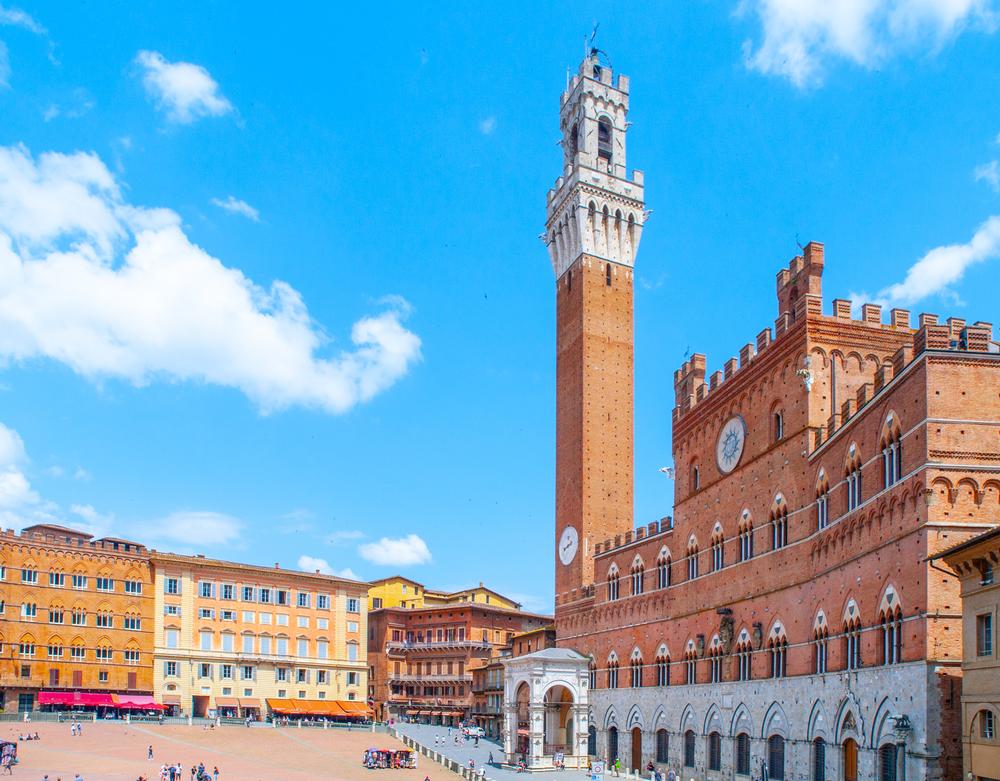
© Courtesy of pyty - Fotolia.com
Siena is one of Italy’s most renowned tourist sites, attracting more than 163,000 international tourists annually.
The city is the capital of its eponymous province and showcases a collection of stunning brick structures from the Medieval era, including its Gothic-style Palazzo Pubblico town hall and its 14th-century Torre del Mangia tower that offers sweeping views of the city’s skyline.
Much of its character has been preserved since the 14th century, with traffic banned within its historic city center since the 1960s. Despite this, the town showcases a number of thoroughly modern attractions, including art museums, professional sports teams, and university-centric culture and nightlife. Every year, the city is home to the biannual Palio horse race, which brings together racers from the city’s various neighborhoods to complete a course around its Piazza del Campo.
4. Arezzo
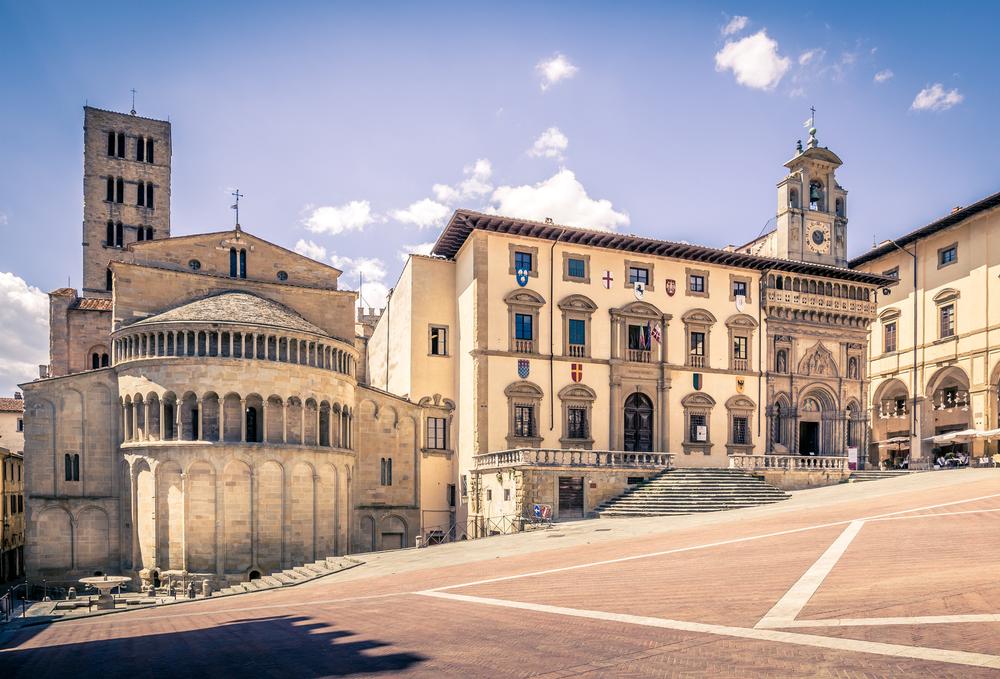
© Courtesy of Maciej Czekajewski - Fotolia.com
Arezzo sits on top of a hill in southeastern Tuscany, located at the intersection of the Valdarno, Casentino, Valdichiana, and Val Tiberina Valleys.
Though its tenure as a city center dates back to the Paleolithic era, it has been one of the region’s wealthiest cities since the opening of the Etruscan Atrium in the ninth century B.C. Today, it is best known as the filming site of Oscar-winning feature film Life is Beautiful, with information about the film’s locations decorating the city’s famous sights to orient tourists and fans.
Major attractions include the famed Basilica di San Francisco, which showcases a fresco cycle portraying the Legend of the True Cross, and the beautiful hilltop Arezzo Cathedral.
Romantic Places to Visit in Tuscany:
5. Carrara
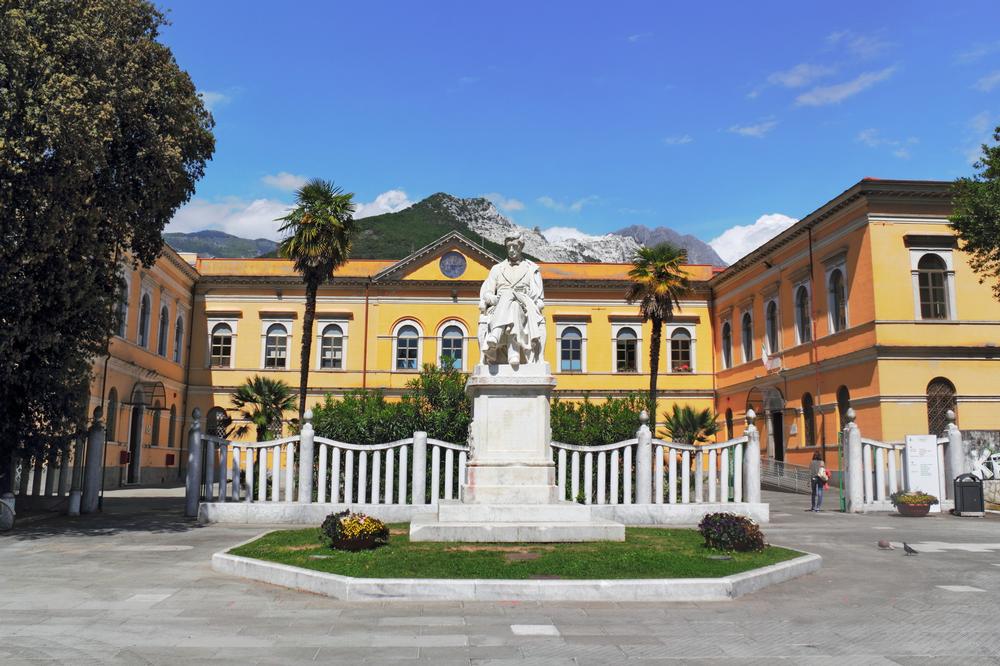
© Courtesy of ArTo - Fotolia.com
Carrara is a Tuscany comune located along the Carrione River, approximately 100 kilometers from Florence.
The city is best known as a quarry site for white and blue marble and showcases a true taste of the quiet, quaint Italian countryside. Marble quarrying and cutting workshops are offered by the city’s Carrara Marble company, while tourist-friendly waterfront areas such as Marina di Carrara and Marina di Massa offer beautiful, family-friendly public beaches.
Historic sites include the Piazza del Duomo, which is home to an 11th-century white marble Romanesque cathedral and a house frequented by legendary artist Michelangelo.
6. Chianti, Tuscany, Italy
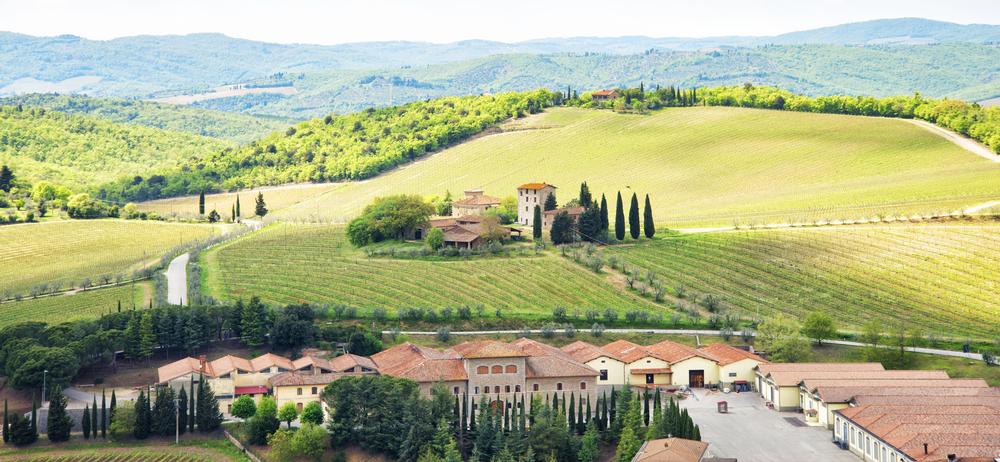
© Courtesy of katy_89 - Fotolia.com
Chianti is a region of Tuscany that has become synonymous with its fine wines, known around the world as some of the highest-quality varietals in the world.
The beautiful region encompasses the cities of Castellina, Gaiole, and Radda and the territories of Greve and Panzano, along with expansive stretches of world-class vineyards. The region is a top cultural destination in Tuscany, home to museums such as the Museum of Sacred Art at San Casciano Val di Pesa and the Museum of the Treasury of Santa Maria dell’Impruneta. It is also a prime spot for gastronomy enthusiasts, offering a wide variety of restaurants and cafes that have been highlighted internationally for their artisanal Old World-style fare.
7. Cortona
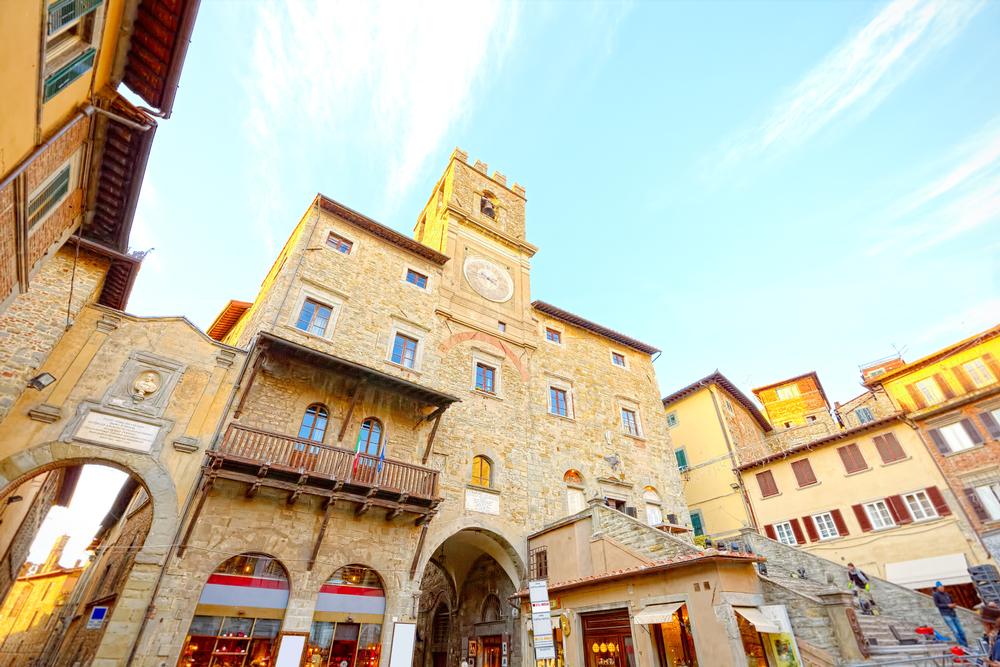
© Courtesy of arkanto - Fotolia.com
Cortona is one of the Val di Chiana’s primary cultural centers, a former Roman colonial city believed to have been linked to the Biblical story of Noah and incorporated into Italy in the mid-19th century.
The hilltop city showcases important cultural sites such as the Etruscan Academy Museum, which showcases notable artifacts from Etruscan, Egyptian, and Roman cultures. Other cultural destinations include the Diocesan Museum, which highlights religious panel pieces painted by Fra Angelico. A number of significant archaeological sites are also located throughout the city, along with historic sites such as the Piazza Garibaldi and a number of Etruscan chamber tombs.
Family-friendly Places to Visit in Tuscany:
8. Elba
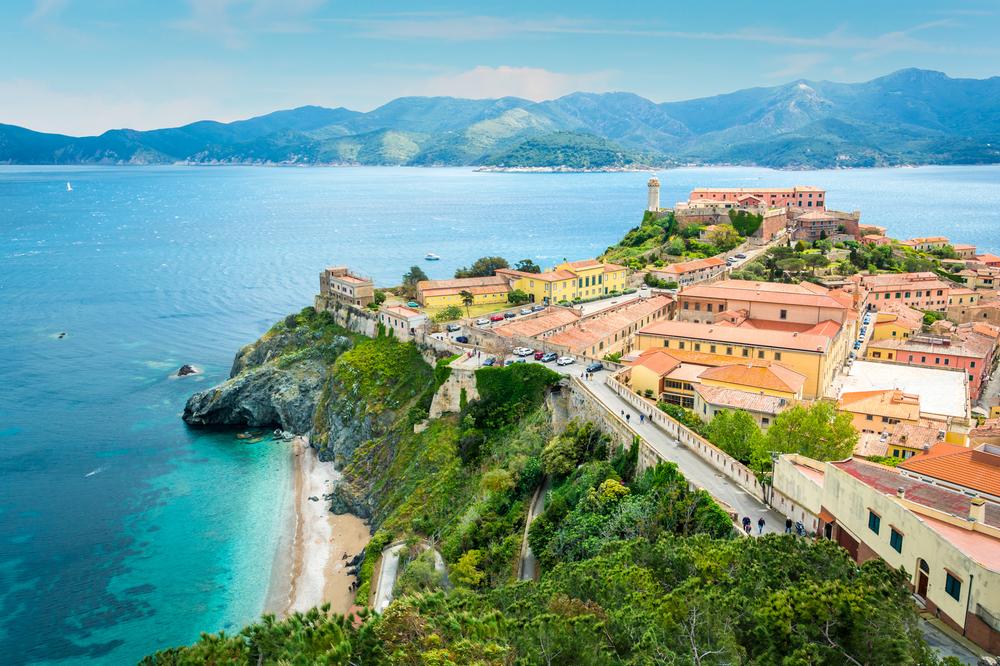
© Courtesy of e55evu - Fotolia.com
Elba is a large island within the Tuscan Archipelago in the Tyrrhenian Sea, the nation’s third-largest island region after Sicily and Sardinia.
Historically, the region is best known as the site of French Emperor Napoleon’s 300-day exile in 1814 and 1815, which is documented in detail at Portoferraio’s National Museum of Napoleonic Residences. Today, the island has become known as a prime wine tourist destination in Tuscany, known for its beautiful beaches and summertime resort residences. A network of road racing trails span the island, including a noted stretch between Rio nell’Elba and Porto Azzurro linked to famed 20th-century racer Fausto Coppi.
9. Grosseto
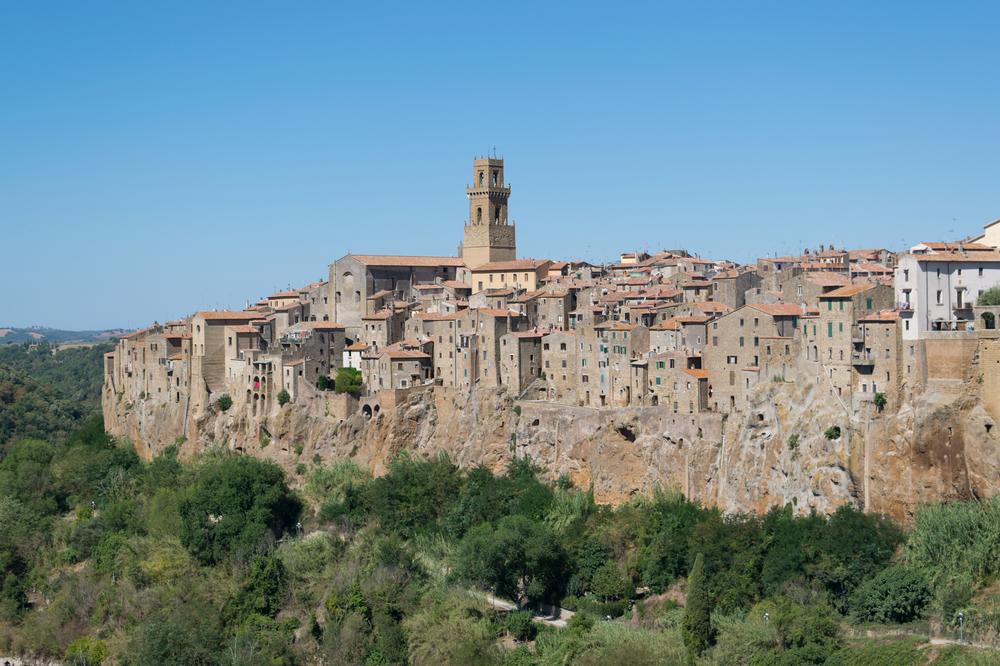
© Courtesy of Konstantin Maslak - Fotolia.com
Grosseto is the most populous region within the Maremma and is the capital city of its eponymous province, located approximately 14 kilometers from the banks of the Tyrrhenian Sea.
The area’s history can be traced back as early as the eighth century A.D. but remained a small village until its rule by the House of Lorraine in the 18th century. Today, it is known as the home of a number of famed architectural works, including the 16th-century Medicean Walls, the Grosseto Cathedral, and historic cultural sites such as the 19th-century Teatro degli Industri. It was the home of the first Italian-language author, Andrea da Grosseto, and has been showcased in a number of major release feature films, including The Talented Mr. Ripley. Unique regional cuisine includes the region’s signature acquacotta soup and schiaccia alla palla oven-baked bread.
10. Isola del Giglio
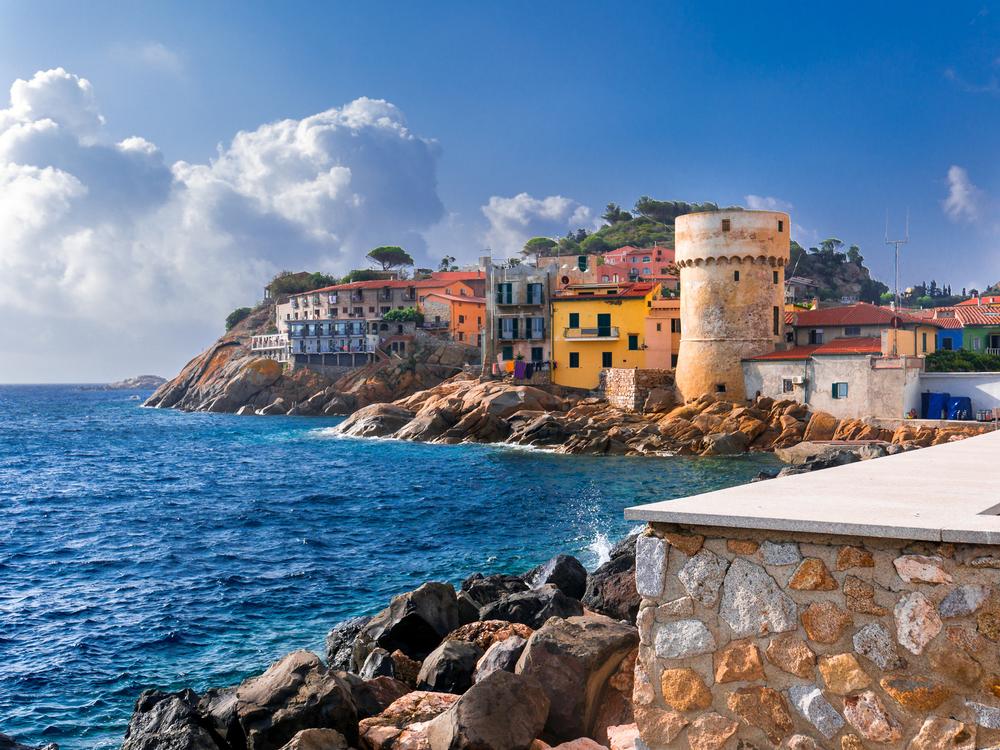
© Courtesy of Giacomo - Fotolia.com
Isola del Giglio is a comune within the Province of Grosseto, located within the Tuscan Archipelago in the Tyrrhenian Sea, and is part of Arcipelago Toscano National Park.
The mountainous island is covered in granite and Mediterranean vegetation, with much of its land serving as a viticultural region for the production of Ansonaco wine.
The island houses three cities, including the resort area of Giglio Campese and Giglio Porto, which houses the remains of a first century Roman villa of architectural significance. It serves as the setting for bestselling 2007 Italian novel Scusa ma ti chiamo amore and is home to archaeological remains of an Etruscan shipwreck from the Iron Age.
📔 I get asked this a lot so I decided to include it:
-
What is Tuscany known for?
-
Tuscany spans 23,000 kilometers of Central Italy and has a population of more than 3.8 million people.
-
It is renowned for its rich cultural and artistic heritage and is considered the birthplace of the Italian Renaissance.
-
What makes Florence significant?
-
Florence, the capital city of Tuscany, is one of Italy's most-visited tourist sites.
-
What UNESCO World Heritage Sites are in Tuscany?
-
Seven locations in Tuscany have been designated as UNESCO World Heritage Sites for their cultural significance.
-
What wines are produced in Tuscany?
-
Tuscany is famous for wines, including the world-renowned Chianti varietal and other regional favorites like Vino Nobile di Montepulciano.
🌤 Best Time to Visit Tuscany, Italy
- April to October – Warm and sunny, ideal for vineyard tours, countryside drives, and historic towns.
- May & September – Sweet spots with mild temps, fewer crowds, and picture-perfect landscapes.
- June to August – Peak season with festivals, sun-drenched hills, and busy cities like Florence.
- November to March – Cooler and quieter, perfect for food lovers, museums, and peaceful villages.
- Late October – A charming time for autumn colors, truffle festivals, and olive harvests.
Plan Your Trip












